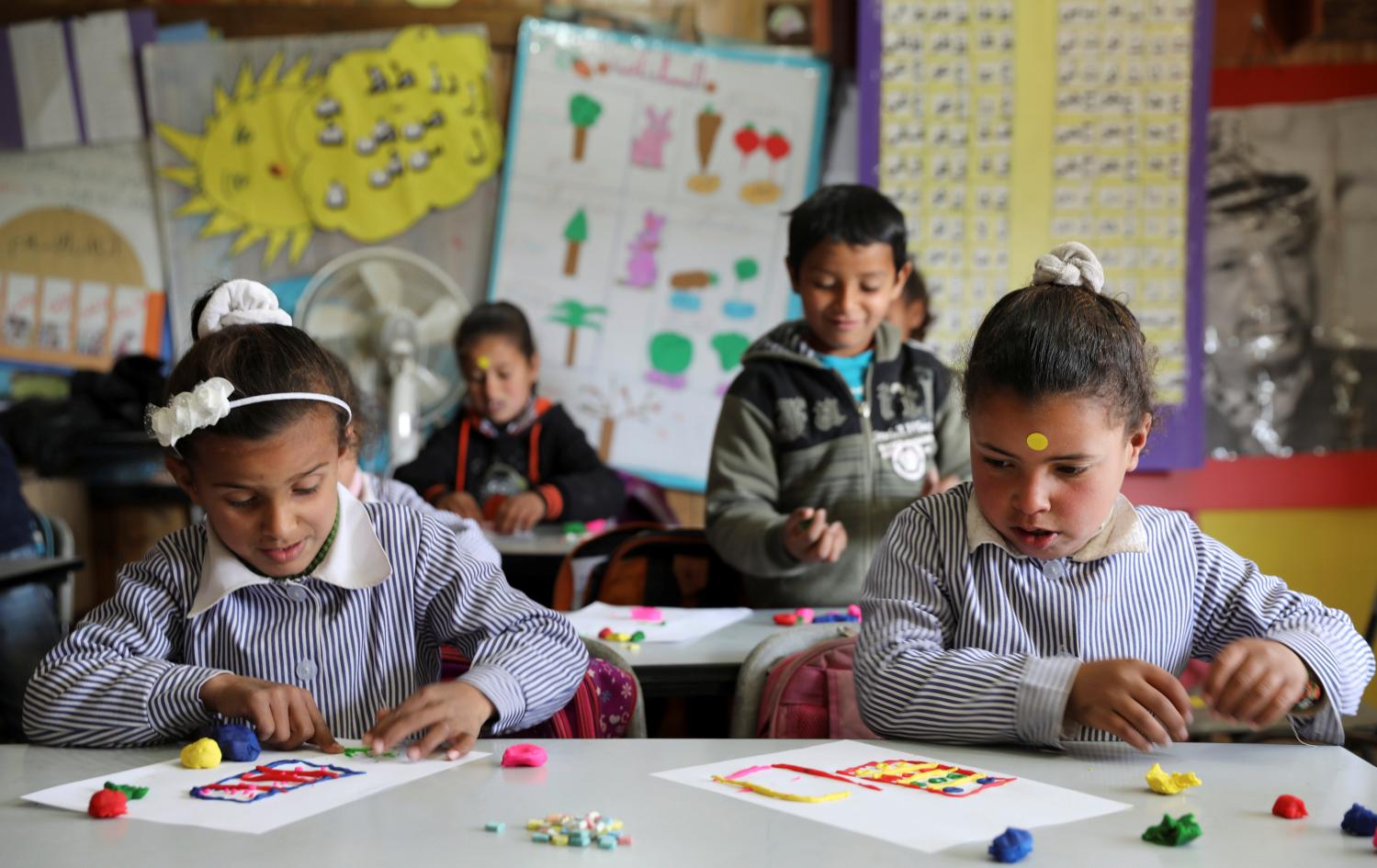Sustainable Development Goal 4, to ensure inclusive and quality education for all and promote lifelong learning, sets out a grand ambition for education systems around the globe to achieve not just universal primary schooling, but to expand universal education from early childhood to secondary school and achieve relevant learning outcomes. While the Millennium Development Goals helped propel millions of children into primary school, meeting this larger goal in the coming decade and a half will require accelerated progress and a break from business as usual.
This report, prepared by researchers from the Center for Universal Education at the Brookings Institution for the International Commission on Financing Global Education Opportunity, describes the major gaps in education and the need for innovation to meet ambitious goals. Not only are children in low- and middle-income countries about 100 years behind their peers in measures of schooling, but rapid advances in technology, changes to the world of work, and the complex global challenges we face today call for a broader set of competencies every young person will need to be successful. To thrive in a changing world, young people will need skills and competencies that include information literacy, flexibility, critical thinking and collaboration in addition to academic knowledge.
To achieve this broader vision of education will take new approaches that can reach children who have not yet been reached, get better results in learning outcomes, and drive down costs. This study surveyed the current landscape of innovations in education by conducting a scan and compiling an inventory of programs, schools, and tools currently being used around the globe to achieve these aims. To be as inclusive as possible, the scan included innovations which have not yet been proven through rigorous evaluations as well as many small-scale innovations.
We find that innovation is happening all over the world in many different contexts and by a diversity of actors, and that those which hold the most promise for accelerating progress for marginalized children can be categorized into four broad areas:
- Hands-on, Minds-on Learning: Innovations from high-tech schools to programs in the slums are incorporating an active, student-centered approach to transform the teaching and learning environment
- Elevating the Education Workforce: Models that connect teachers to each other and leverage technology or community members are unburdening teachers, while other innovations are helping bring more people into teaching
- Streamlining Schools: In various contexts schools are deploying technology to help improve back-office efficiencies, collect better data, and streamline communication inside schools and with parents
- Activating Communities for Accountability and Delivery: Communities around the world are leveraging their resources to demand and deliver education, and new approaches are engaging communities through data to improve school accountability




